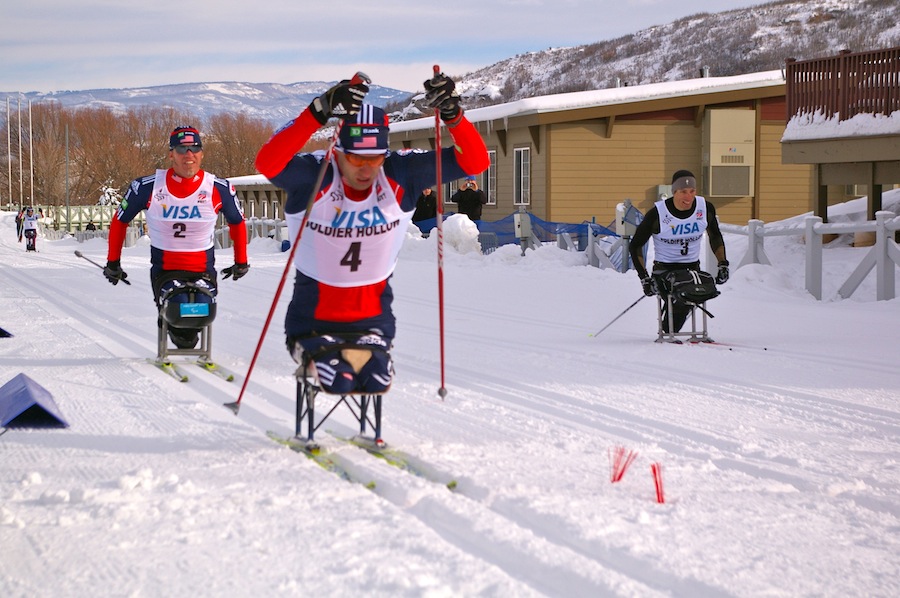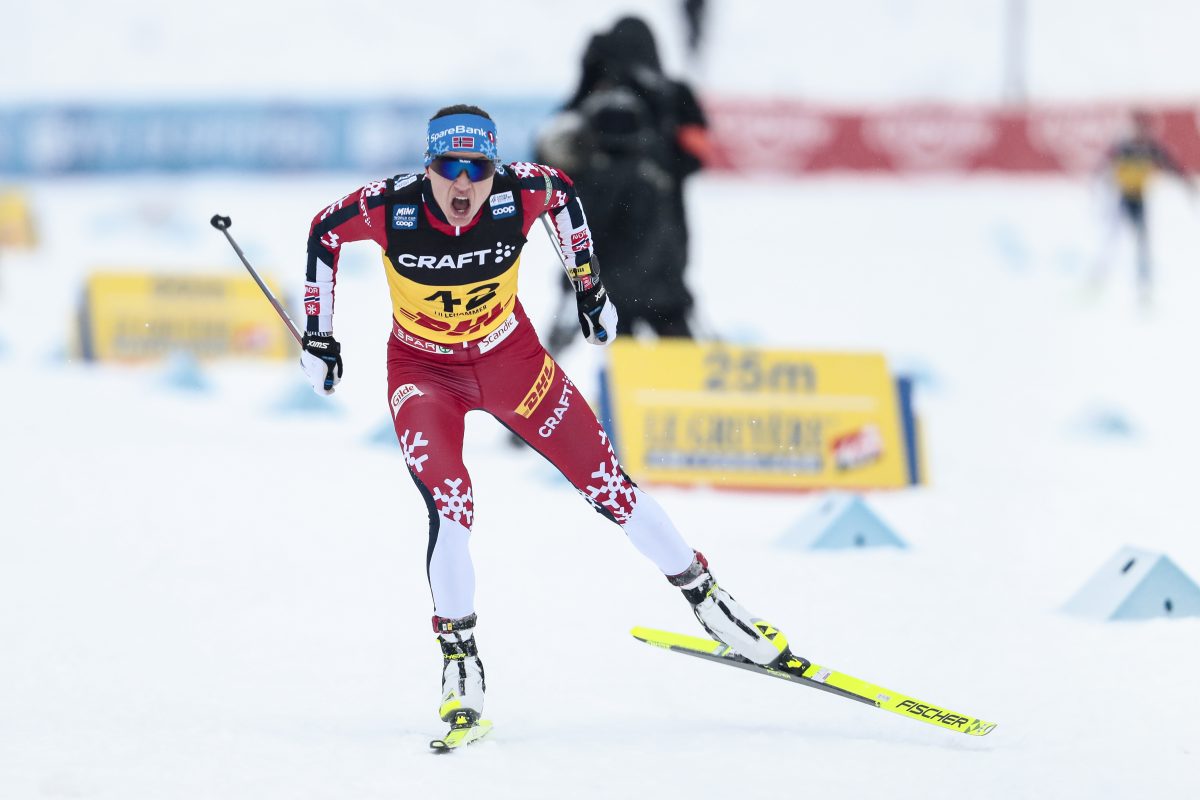
Adaptive skiing empowers athletes with disabilities to conquer the slopes using specialized equipment and techniques. To truly capture its essence, it’s important to understand the sport’s nuances, unique gear, and emotional depth. By concentrating on capturing dynamic shots and telling compelling stories, photographers can effectively bring these athletes’ inspiring journeys to life through imagery.

Highlighting Adaptive Skiing Techniques in Photography
First and foremost, understanding the specific techniques adaptive skiers use, such as sit-skiing or mono-skiing, is vital for capturing impactful moments. For example, shooting sit-skiers from a lower angle highlights both their facial expressions and the adaptive gear they rely on. Additionally, using fast shutter speeds captures crisp, action-packed shots as skiers move quickly down the slopes. For added dimension, try panning with the skier to blur the background while keeping the subject in focus, which enhances the feeling of movement. Ultimately, these types of shots work perfectly for custom poster printing, allowing athletes to showcase their finest moments and celebrate their achievements.
Moreover, timing and positioning are essential. Positioning yourself at exciting points in the course, such as jumps or sharp turns, allows you to capture both action and emotion. Whether it’s an athlete carving through snow or a triumphant finish line moment, timing is key to creating impactful photographs.

Showcasing Adaptive Equipment in Action
Adaptive skiing relies on specialized gear such as sit-skis, mono-skis, and outriggers, which are essential for this type of skiing. Highlighting this equipment in your shots can help viewers appreciate the ingenuity behind adaptive sports. Close-up shots of the gear in use, along with images that highlight the seamless connection between the athlete and their equipment, emphasized the incredible skill required. Combining action shots with still-life photos of the gear provides a complete perspective, showing not just the speed and intensity, but also the technology that empowers adaptive athletes.
Furthermore, capturing both the dynamic use of equipment and still moments before or after the race helps to educate viewers. This approach also provides a sense of appreciation for the engineering and innovation that go into adaptive gear. By blending these two perspectives—action and detail—you present a fuller story about the athlete’s experience.

Capturing Emotion in Adaptive Sports Photography
To truly reflect the spirit of adaptive sports, especially adaptive skiing, you must capture the emotions of the athletes. Spend time getting to know their stories, and allow that connection to guide your photography. Candid shots of camaraderie, moments of triumph, and even post-race reflection will resonate deeply with viewers. Use expressive compositions to frame the athletes’ faces, bringing attention to the determination, joy, or concentration that defines each moment. Incorporating the surrounding environment—whether it’s a snowstorm or a cheering crowd—enhances the story and transports the viewer into the action.
Lastly, diverse portrayals are also important. Make sure your portfolio includes a wide range of participants, from different backgrounds, genders, and ages. Show athletes at all levels—from competitive racers to recreational participants. These images not only celebrate individual achievements but also highlight the inclusivity and community spirit that define adaptive sports.
Press Release
Publishing press releases is a service we offer to the ski community, so please note these articles are not written by FasterSkier and therefore do not necessarily represent our thoughts and standards.



